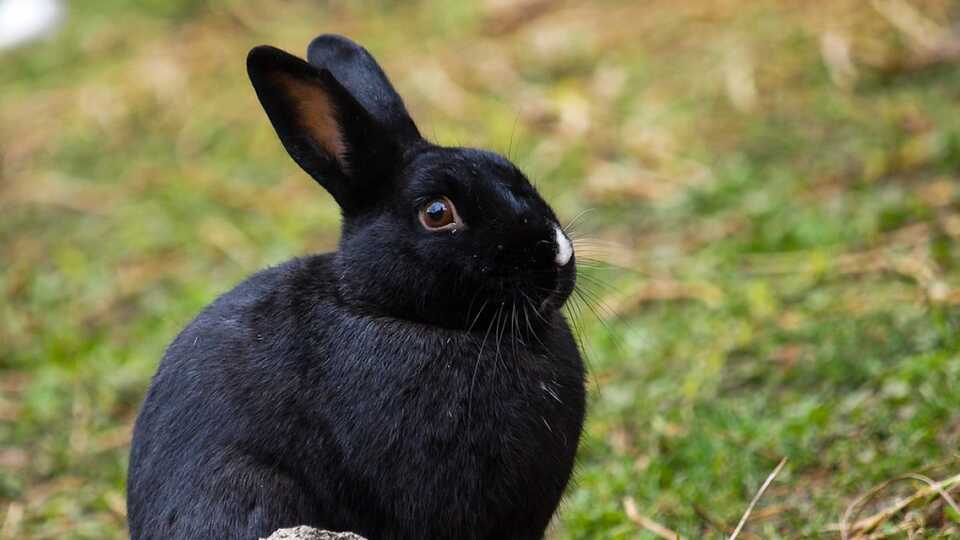In sexually reproducing organisms, offspring inherit one set of genes from each parent. Each individual has two copies of each gene, one copy inherited from its mother and one copy inherited from its father.
Each gene has multiple forms for any particular trait, called alleles. Some alleles are dominant: the trait associated with a dominant allele will always show up in the phenotype if that allele is present. Some alleles are recessive: the trait associated with a recessive allele will not show up in the phenotype if a dominant allele is also present. Dominant alleles mask the traits of the corresponding recessive alleles. The specific combination of alleles that an individual inherits determines its traits. For example, for human eye color, if a person inherits the recessive allele for blue eyes from her mother and the dominant allele for brown eyes from her father, she will phenotypically exhibit the dominant trait - brown eyes. However, if she inherits two recessive alleles for blue eyes, one from each parent, she will phenotypically exhibit the recessive trait - blue eyes.
Natural selection acts on the phenotype of an organism such that individuals with favorable phenotypes are more likely to survive and reproduce than those with less favorable phenotypes. The genotypes associated with the favorable phenotypes will increase in frequency in the following generations.
A population is a group of interbreeding individuals of a single species. Every individual in a population is genetically different. All alleles found in that population make up its "gene pool." A gene pool can be thought of as all the genes in a population at any given time, i.e., all the alleles at all the gene loci in all the individuals in the population.
Allele frequency refers to the frequency in the population of a particular allele relative to other alleles at the same gene locus. This is expressed as a proportion (between 0 and 1) or percentage (between 0 and 100%). Changes in allele frequency within a population over a period of time, from one generation to the next, is an example of evolution, and more specifically the small-scale evolutionary change known as microevolution.
A population that is not changing genetically is said to be at Hardy-Weinberg equilibrium. One of the most important points of the Hardy-Weinberg equilibrium model is that allele frequencies remain the same within a population from one generation to the next unless some factor acts to change them. Therefore, the Hardy-Weinberg theorem describes a population that is not evolving.
The Hardy-Weinberg theorem states that, "Under certain conditions of stability both allelic frequencies and genotypic ratios remain constant from generation to generation in sexually reproducing populations." In such a stable population there are no processes acting to change allele frequencies from one generation to the next. This requires certain conditions.
- There is no mutation
- There is no immigration or emigration
- The population must be large enough to make it highly unlikely that chance alone could significantly alter allele frequencies
- Mating is random
- There is no natural selection
In nature, many factors act to change allele frequencies. In this activity, students will monitor allele frequencies in a rabbit population over multiple generations. They will see that the rabbit population does not remain at Hardy-Weinberg equilibrium. This is because natural selection acts upon the rabbits and changes the frequencies of alleles within the population. In this particular example, furless rabbits are not fit for their environment and thus tend to die before reaching reproductive age. Therefore, they do not pass their alleles onto the next generation and over time the allele for furlessness decreases and may even disappear from the population. [The specific recessive trait of "furlessness" in rabbits was first described by an American geneticist named W.E. Castle in 1933.]
So why go to so much trouble to explain the Hardy-Weinberg Theorem if it describes a situation that never occurs in nature? The Hardy-Weinberg Theorem underlies all of evolutionary genetics and sets up the “null hypothesis”, i.e., evolution is not occurring. The discrepancies between an “ideal” Hardy-Weinberg population and real populations are the cause and evidence of evolution.



